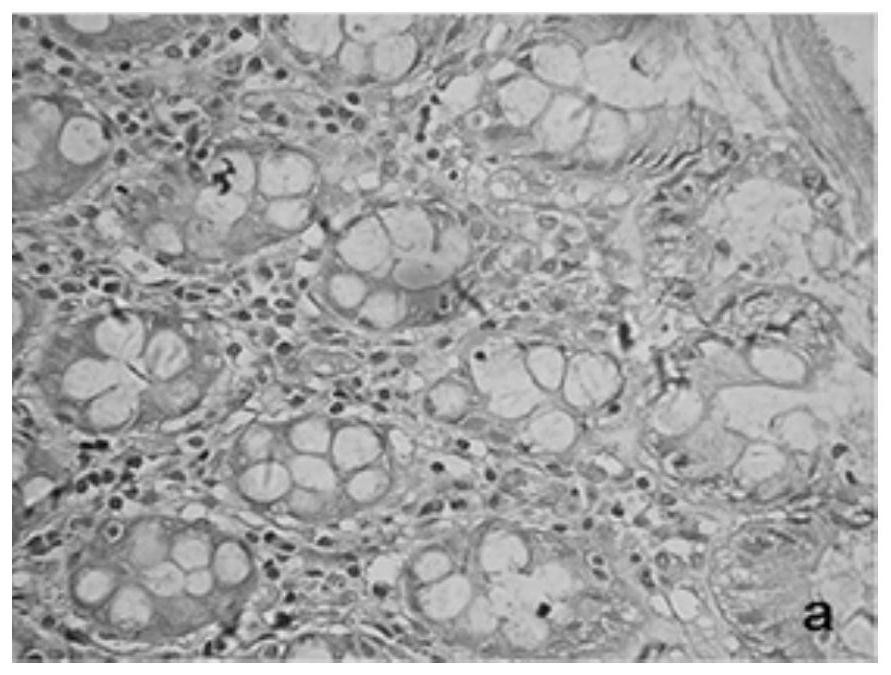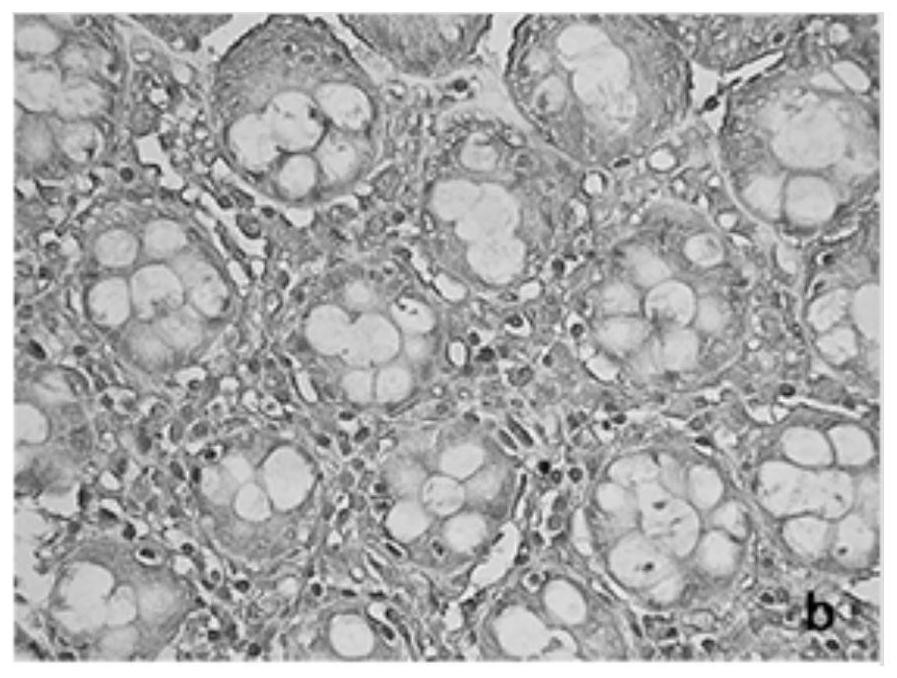The application of kpna2 gene and the application of siRNA to inhibit the expression of kpna2 gene
A kpna2-siRNA-f, gene technology, applied in the field of pharmaceutical genetic engineering, to achieve the effects of inhibiting proliferation and migration, improving accuracy, and improving five-year survival rate
- Summary
- Abstract
- Description
- Claims
- Application Information
AI Technical Summary
Problems solved by technology
Method used
Image
Examples
Embodiment 1
[0068] Embodiment 1 Patient and sample collection
[0069] First, 30 colorectal cancer patients (15 male patients and 15 female patients, covering stage I to stage IV) who underwent radical surgery in the Colorectal Surgery Department of the Second Affiliated Hospital of Harbin Medical University from January 2014 to June 2014 were collected. These patients did not receive neoadjuvant chemoradiotherapy before operation. 10 mL of venous blood was collected from the patient before the operation, and after centrifugation (1000 rpm, centrifuged for 5 minutes), the patient’s serum was collected and stored in a -80°C refrigerator for later use. Postoperative lesion samples and adjacent normal mucosal tissues were collected from 30 patients for real-time reverse transcriptase polymerase chain reaction (RT-PCR). Immediately after surgical resection of the lesion, the obtained tissue was placed in liquid nitrogen and stored in a -80°C refrigerator, soaked in 10% formalin solution for ...
Embodiment 2
[0070] Example 2 Immunohistochemical staining
[0071]Immunohistochemical staining analysis was performed by the avidin peroxidase method. After the sample tissue provided in Example 1 was embedded in paraffin, the paraffin tissue was cut into 4 micron thick sections, dewaxed and dehydrated. After soaking in methanol for 10 minutes, endogenous peroxidase activity was terminated with 0.5% hydrogen peroxide. Non-specific binding should be eliminated by soaking in phosphate buffered saline (PBS) containing 10% goat serum for 1 hour at room temperature. Then slice in PBS containing mouse anti-human KPNA2 polyclonal antibody (1:300; Wuhan Proteintech, Wuhan, China) overnight at 4°C. After that, it was incubated with biotin-labeled goat anti-mouse immunoglobulin (IgG; 1:400; ZSGB-Bio, Beijing, China) for 1 hour at room temperature. This is followed by streptomycin-peroxidase treatment. Sections were incubated for 5 minutes at room temperature containing 0.1% 3,3-diaminobenzidine...
Embodiment 3
[0079] Example 3 Real-time reverse transcription polymerase chain reaction
[0080] Total RNA from 30 cases of colorectal cancer and adjacent normal tissues provided in Example 1 was extracted with Trizol reagent (Invitrogen, Carlsbad, CA, USA) according to the instructions. Follow the instructions to adopt RevertAid TM H Minus First Strand cDNASynthesis Kit (Fermentas, Burlington, Ontario, Canada) was used for reverse transcription. Primers for KPNA2 and glyceraldehyde 3-phosphate dehydrogenase (GAPDH) (TaKaRa Biotechnology, Dalian, China) are:
[0081]
[0082] PCR using SYBR Green dye method. Use the ABI PRISM(R) 7500 real-time quantitative PCR instrument to perform the reaction according to the corresponding procedures in the instructions. In order to prove the specificity of the amplification products, the primers were subjected to melting curve analysis. The PCR cycling conditions were as follows:
[0083]
[0084] The results were analyzed by relative quantit...
PUM
 Login to View More
Login to View More Abstract
Description
Claims
Application Information
 Login to View More
Login to View More - R&D
- Intellectual Property
- Life Sciences
- Materials
- Tech Scout
- Unparalleled Data Quality
- Higher Quality Content
- 60% Fewer Hallucinations
Browse by: Latest US Patents, China's latest patents, Technical Efficacy Thesaurus, Application Domain, Technology Topic, Popular Technical Reports.
© 2025 PatSnap. All rights reserved.Legal|Privacy policy|Modern Slavery Act Transparency Statement|Sitemap|About US| Contact US: help@patsnap.com



